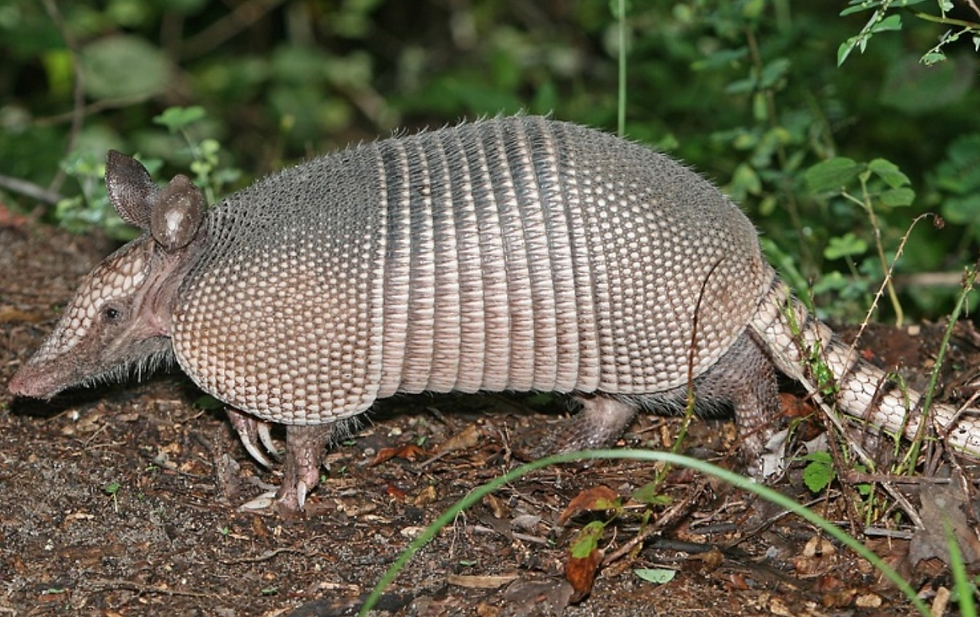top of page




























































Meet some species of Fauna
from the Matogrossense Pantanal

Jaguar

The jaguar or jaguar, also known as the black jaguar, is a species of carnivorous mammal of the felid family found in the Americas. It is the third largest feline in the world, after the tiger and the lion, and the largest on the American continent.
anaconda

The anaconda has a dark green body with oval black spots. The eyes and nostrils are on top of the head, so you can see and breathe while swimming. They can also bite, for defense, anyone who approaches, when they cannot swim away.
Campeiro Deer

Brazil has 8 species of deer, being responsible for the greatest diversity of this group in the world. The species Ozotoceros bezoarticus, the pampas deer, occurs in Brazil and neighboring countries, Bolivia, Paraguay, Uruguay and Argentina.
capybara

The capybara is a species of rodent mammal in the family Caviidae and subfamily Hydrochoerinae. Some authors consider that it should be classified in a family of its own. It is included in the same group of rodents as pacas, agoutis, cavies and guinea pigs.
alligator

It measures between two and three meters in length and its color pattern is quite varied, with the back being particularly dark, with yellow transverse bands, mainly in the region of the tail. It is also known as the Paraguay alligator.
Tapir

The tapir is the largest mammal in Brazil, but all this size did not prevent the species from being at risk. Distributed throughout most of the country and much of South America, the tapir faces habitat loss and has become rare in the biomes where it is still found: Amazon, Atlantic Forest, Cerrado and Pantanal.

coati
The coati is a mammal of the order Carnivora, the family Procyonidae and the genus Nasua. The group is distributed from Arizona to northern Argentina, having three species: Nasua nasua, Nasua narica and Nasua nelsoni. This animal is also known by its popular name "Anteater Toothpick". lives in a pack.
Howler

The howler monkey, also called howler monkey and bearded monkey, is part of the group of monkeys of the genus Alouatta: arboreal, herbivorous, strong-bodied and long-tailed. Its most striking feature is the sound emitted by males that can be heard over long distances.
Armadillo canasta

The giant armadillo, also known as canastra and armadillo, is the largest living species of armadillo. It lives in Cisandine South America, extending to northern Argentina. This species is considered vulnerable to extinction, mainly due to hunting and habitat destruction. It measures over 1 meter in length.
cougar
.jpg)
The puma or puma, also known in Brazil as cougar and lion-bay, is a carnivorous mammal of the felid family and genus Puma, native to America. It was originally classified in the genus Felis, but genetic studies show that the species evolved in a lineage close to the cheetah and buckcat.
giant otter
.jpg)
The giant otter, also known as the water jaguar, giant otter and river wolf, is a mustelid mammal, characteristic of the Pantanal and the Amazon River basin, in South America. It is the oldest member of the mustelids, a group of globally successful predators, reaching up to 1.7 meters.
Guara wolf

The maned wolf, also called maned wolf, aguará, aguaraçu, horsehair wolf, maned wolf and red wolf, is a species of canid endemic to South America and the only member of the genus Chrysocyon. Probably the closest living species is the bush dog
bottom of page

